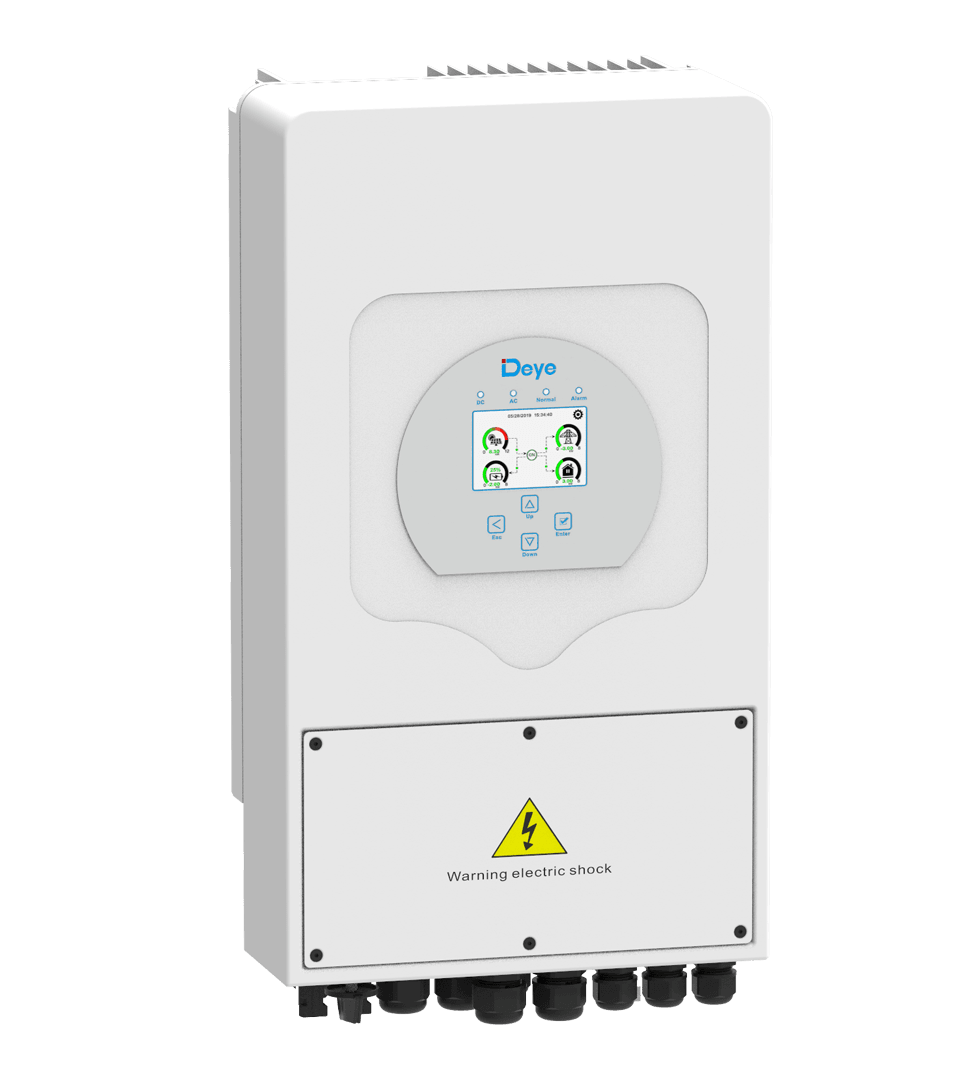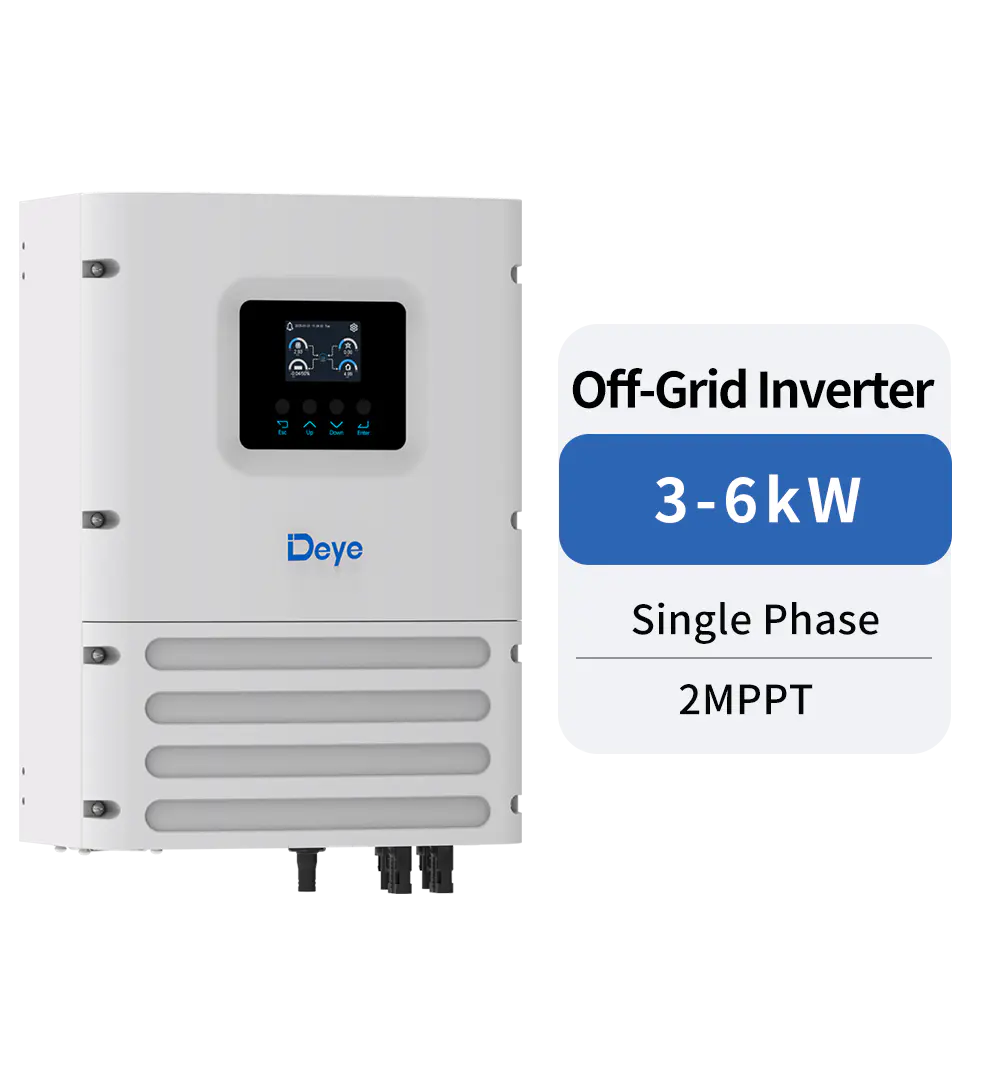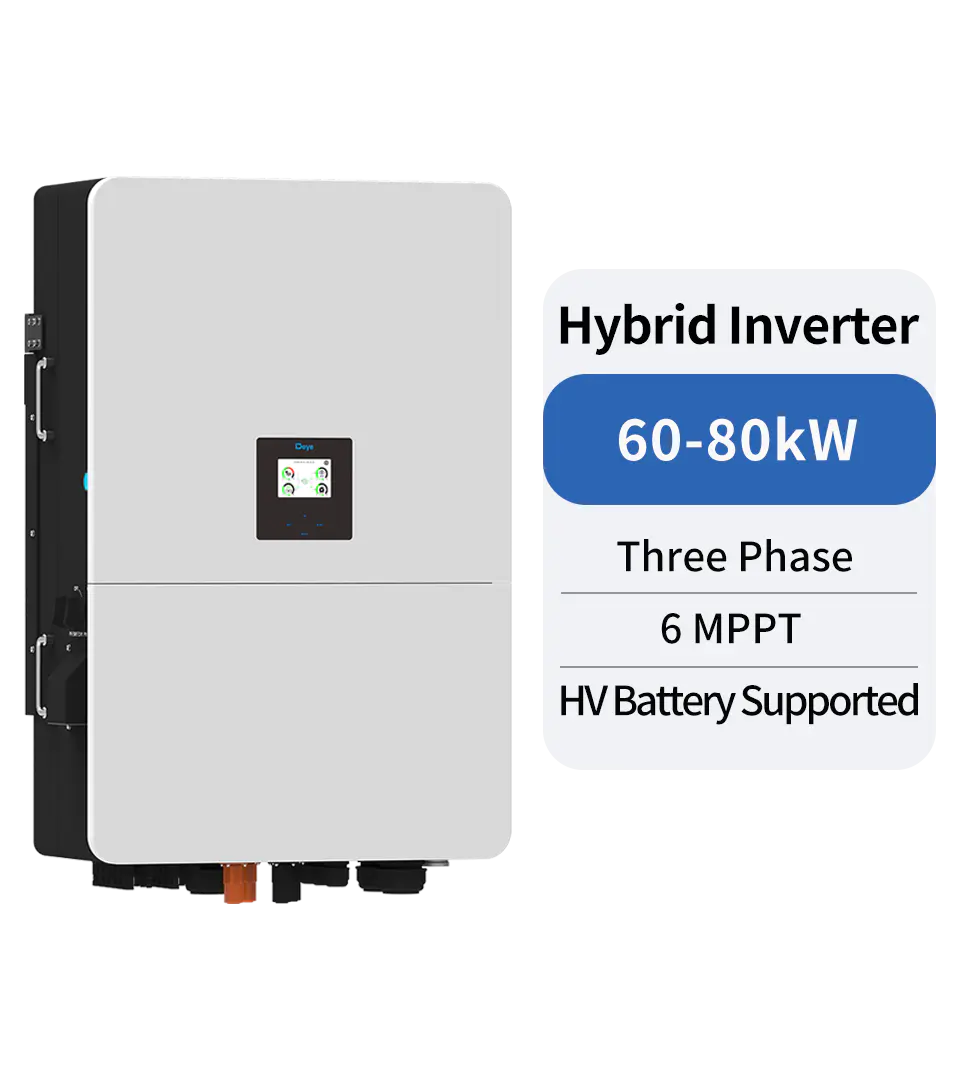Technical Topics
Energy Storage Inverter For Cars and Solar Storage
Using an energy storage inverter provides high capacity for storing electricity which is released when needed. In more cases, energy storage inverters would be used for small solar energy systems where very little solar energy is produced and stored in batteries. This can be used in remote areas where there may not be enough electricity to run all the household appliances.
However, the same inverter can also be used for creating a counterbalance for a home load connected to the local power grid. This can help to prevent the power outage that normally occurs when the main power grid fails to provide power due to weather conditions. Energy storage inverters, as well as hybrid inverters can help to provide power to emergency generators, and to reduce outages and blackouts in the home. The inverter can switch to supply local power grid energy and providing power to the home, when needed.
A hybrid inverter is often used in critical loads such as hospitals, research facilities and laboratories. In these types of critical loads, the battery backup capacity provided by the energy storage inverter can provide power to critical equipment like MRI machines, life support equipment, computers and telecommunication lines. These devices can have very heavy backup loads, and they cannot function if there is no access to electricity. In such cases, a hybrid inverter provides a cheap back up solution. You might need Deye, a hybrid inverter brand.

A second use of a hybrid inverter is in a grid-tied system. When the local grid fails to provide power, a hybrid inverter can act as a back up for at least 15 minutes, until a connection is made with the grid. Such systems can operate for several months or even years without having to be manually operated by a trained technician, and they provide greatly efficient energy storage solutions, when used in conjunction with grid tie inverters.
An IP65 battery, like the one in a notebook computer, allows charging when the solar panel is not generating any energy, or when it is covered by clouds. A device called an inverter-delivery system, or "inverter" allows charging even when the solar array is not generating any energy. The inverter does not require any connection to the mains of the utility company. In addition, this type of battery can charge to full capacity even when the sun is not out for long periods of time.
One last example uses passive solar design to supply passive electricity to cars. The entire system depends on two small batteries, one for starting the car, and one to charge the battery at night. The car alternator is powered by the second battery. These batteries are large enough to allow parking in any kind of climate. They are also capable of storing huge amounts of energy and usable electricity, which could allow charging for days or weeks in case of a power outage.
Of all the batteries, the more popular are the lithium ion ones, which are relatively inexpensive. They have high discharge rates and high energy densities. They can stand up to a lot of physical stress, and they are good at overcoming some of the drawbacks of hybrid systems. They are very reliable and long lasting. One drawback is that the vehicle needs an outlet that is charged when the car's battery is discharged. However, this drawback is not seen with many lithium ion batteries.
A good hybrid system usually has an extended circuit board that allows charging and discharging without a need for an outlet. It uses a separate power inverter that charges the batteries. The inverter converts the DC current produced by the hybrid system's electric motor into AC current to be used directly by the brakes system, the engine, and the lights. This makes it easier for people to use their cars even if they have no access to electricity. Energy storage inverters in hybrids are usually made from non toxic materials that consume little energy and do not release harmful gases into the atmosphere.
PREV:Three Phase String Inverter For Your AC Electrical Appliances
NEXT:Advantages of single-phase series inverters
Share
Product recommendations
news recommendations
-

-
 Green Industry, Bright Future: Deye Distributor Summit – Dubai 2025 Concludes Successfully
Green Industry, Bright Future: Deye Distributor Summit – Dubai 2025 Concludes SuccessfullyIn November 2025, Deye Group successfully hosted the “Green Industry, Bright Future—Deye 2025 Dubai ...
-
 Deye’s Malaysia Johor Manufacturing Base Officially Breaks Ground — A Key Step Forward in Its Globalization Strategy
Deye’s Malaysia Johor Manufacturing Base Officially Breaks Ground — A Key Step Forward in Its Globalization StrategyOn October 2, 2024, Deye Group (hereinafter referred to as “the Company”) held a groundbreaking cer...

 China - 简体中文
China - 简体中文 Global - English
Global - English Brazil - Português
Brazil - Português Netherlands - Dutch
Netherlands - Dutch Italy - Italiano
Italy - Italiano Germany - Deutsch
Germany - Deutsch Spain - Español
Spain - Español France - Français
France - Français Vietnam - Tiếng Việt
Vietnam - Tiếng Việt Poland - Polski
Poland - Polski Australia - English
Australia - English


